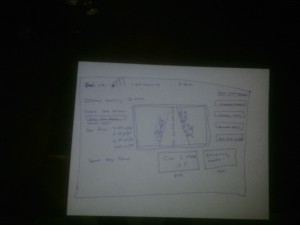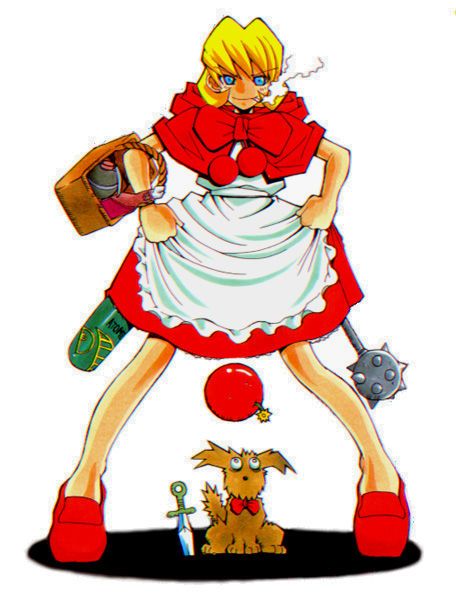What do you think of Maeda’s observations on simplicity and emotion?
What I think the excerpt “emotion” from John Maeda’s book The Laws of Simplicity is trying to get across is the fact that you can express emotions with just as much diversity as you can when you are talking to someone face to face. The need for human emotional interaction is still present in our world of high speed data transfers, It is only natural that certain things can be done to express on self through text and still make the reader feel the emotion that the writer want to convey. The most simple version of this would be writing out something in CAPS. It shows the recipient that you are trying to come across as unpleasant or screaming at someone.
How can designing for emotion foster engagement?
Like a person that people want to be around because his emotional intelligence, I feel that a product can have the same type of magnetism if built to elicit a specific emotion. If a person buys a product and forms an attachment to it like they would with a person, There is a likelihood that when a new version of a product comes out the attachment to the company not the product necessarily will lead them to buy the new one.
Is there an object or design that you are attached to?
There isn’t a specific product that I have formed an attachment to, its more an attachment to a company and the software it uses. I loved my first Motorola and since then I have continued to buy Motorola products since then. When they began to make smart phones and they used the android O.S. it just made the products they made that much better for me.





